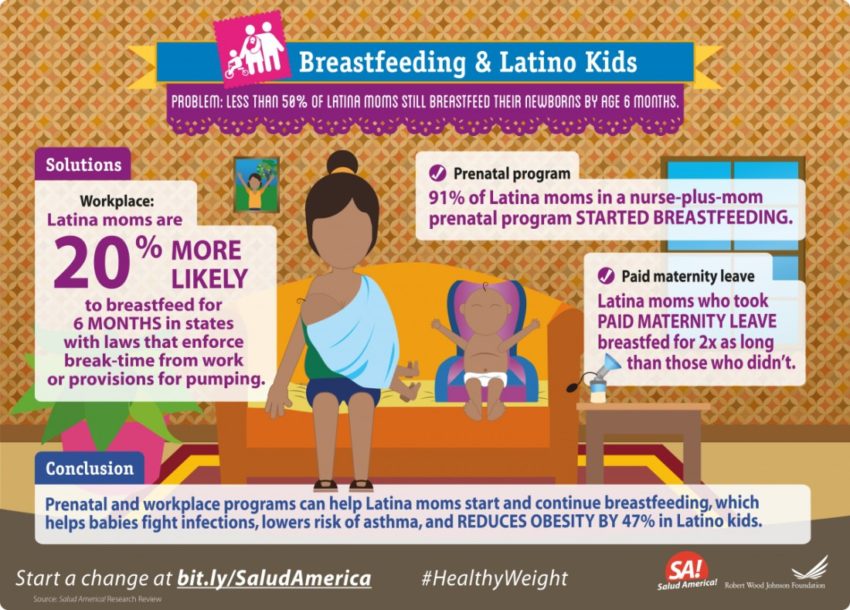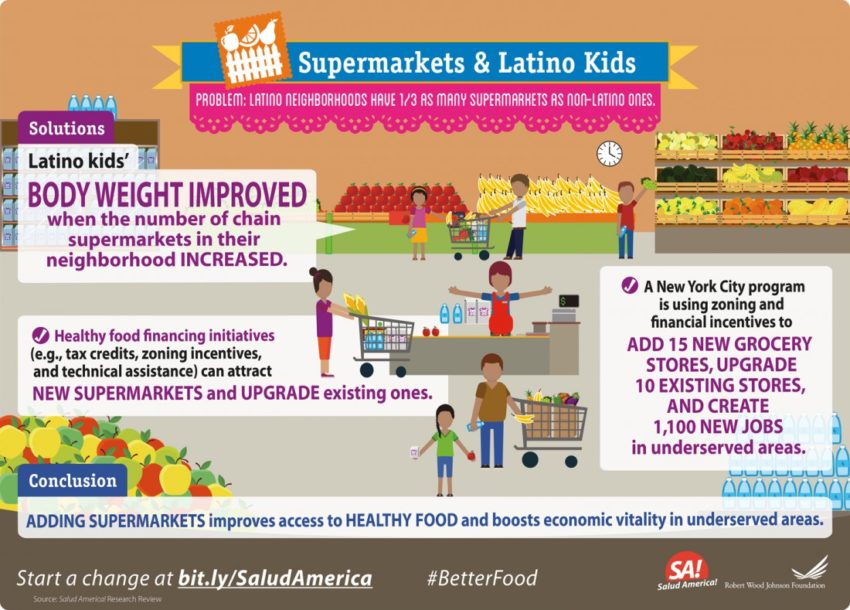Sugary Drinks Research: Introduction & Methods

This is part of our Sugary Drinks & Latino Kids: A Research Review » Introduction Americans obtain over 40 percent of their total sugar in the form of sugar-sweetened beverages (SSBs), including soda, sports and energy drinks, and fruit drinks that contain less than 100 percent juice. Young Americans—including young Latinos—drink far more of these beverages than they did a few decades ago.1 Further, as young Americans’ consumption of soda, fruit drinks, and other SSBs has increased, their consumption of white, unsweetened milk has decreased at the same time.2 Cross sectional studies have shown that children’s milk intakes are inversely associated with intakes of SSBs, including juice drinks and soda, as early as 2 years of age.3,4 This trend is particularly ...
Read More



